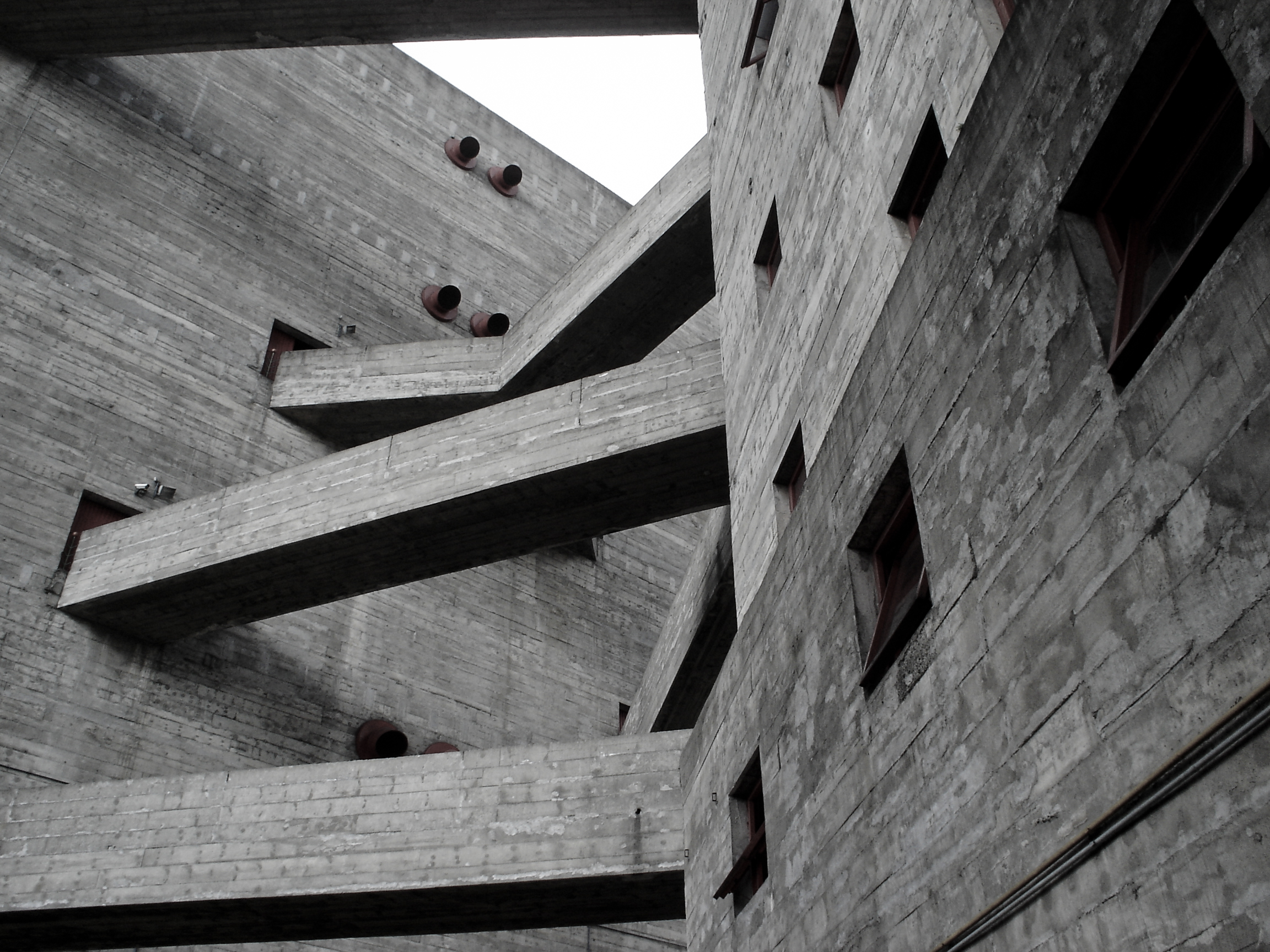Notes
1
Spiro K. Kostof and Greg Castillo. (1995). A History of Architecture: Settings and Rituals. New York: Oxford University Press. Francis D.K. Ching, Mark Jarzombek, and Vikramāditya Prakash. (2007) A Global History of Architecture. Hoboken, NJ: John Wiley & Sons. Richard Ingersoll and Spiro Kostof. (2012). World Architecture: A Cross-Cultural History. New York: Oxford University Press.
© 2019 e-flux and the author
